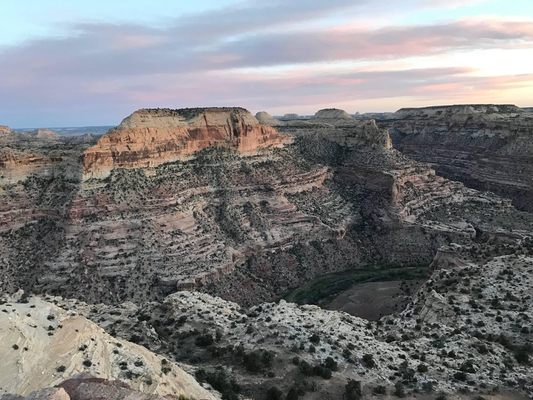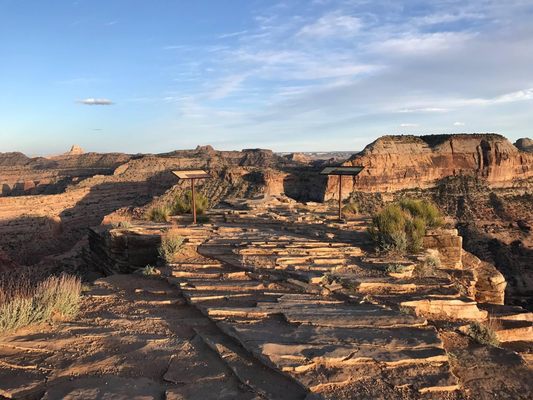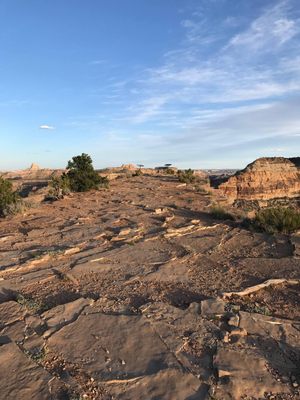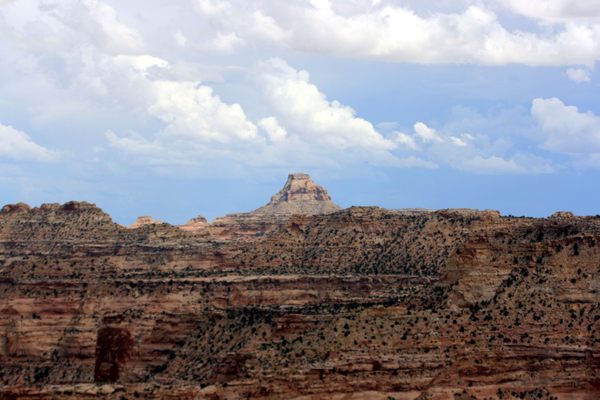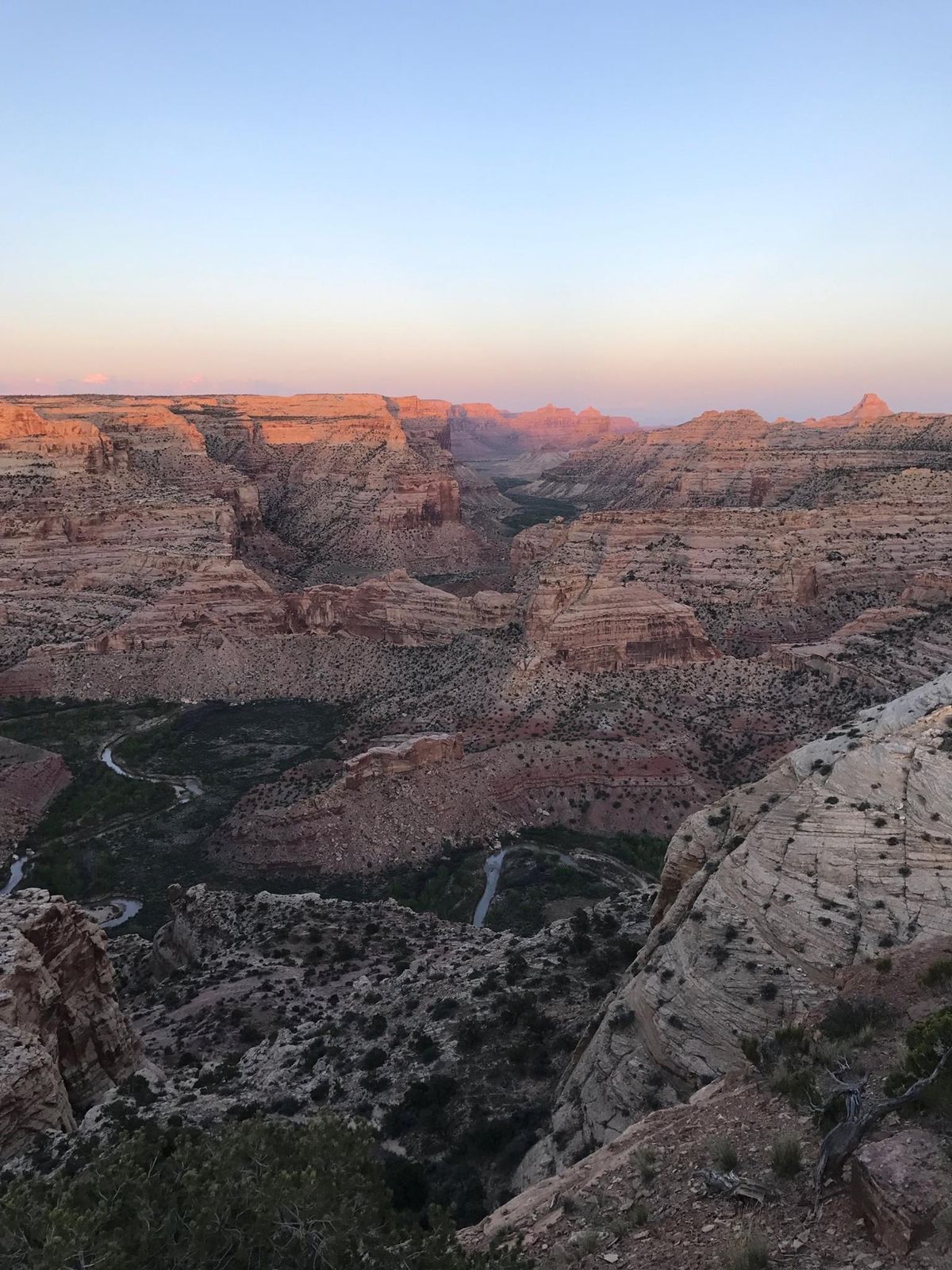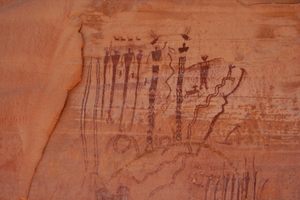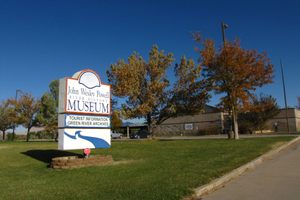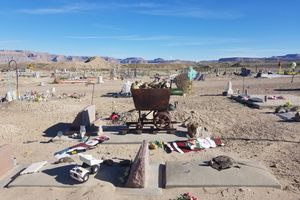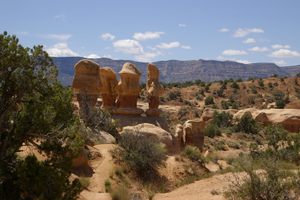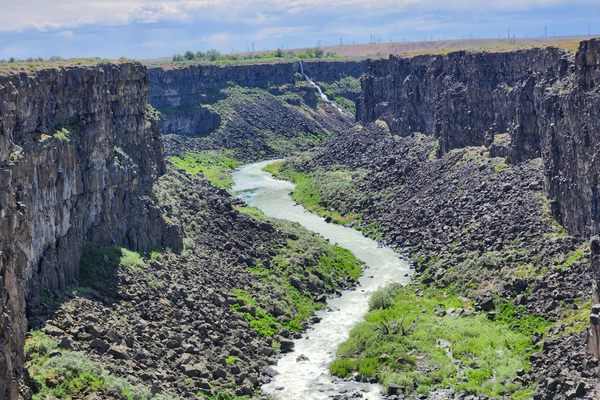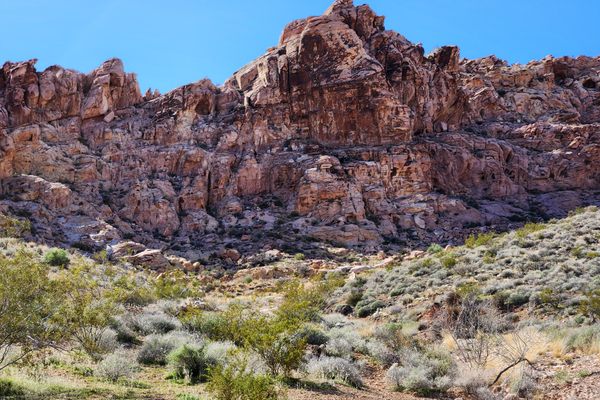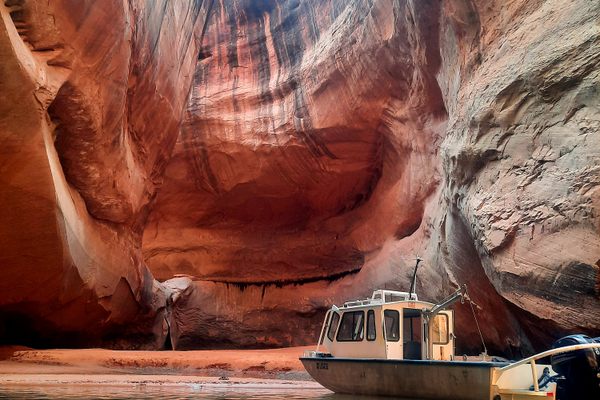About
The San Rafael Swell is a broad geologic uplift in central Utah that hosts some of the scenic sandstone country for which Utah is famous. Although crossed by Interstate 70, the area is rugged and access to much of it remains difficult because of primitive or nonexistent roads.
Of course, the limited access also cuts down on the crowds. In particular, the northern part of the Swell is dominated by the Little Grand Canyon of the San Rafael River and its tributaries. As its name suggests, the Little Grand Canyon is smaller than its counterpart in Arizona, but still a magnificent sight. The Swell was uplifted around 40 to 60 million years ago, during the Laramide Orogeny, and the reddish rock walls of the canyon have since been carved out by the San Rafael.
The only vehicle access to the canyon rim is a dirt road on the north side, in the so-called Wedge, where there are stunning views. There are a few interpretive signs along the rim road, and there may be a few other parties present, but overall it is an uncrowded experience. Some primitive camping is also available near the rim.
Related Tags
Know Before You Go
The most straightforward route is probably from Interstate 70. At Exit 131 take Buckhorn Draw Road (Co. Rd. 332) 29.1 miles north to a junction with County Rd. 401 (intersection at 39.170954 N, 10.751365 W). Go left on 401 2.4 miles to Co. Rd. 405. Buckhorn Wash Visitor Center is on the right at this intersection, at 39.175474 N, 110.790870 W. Turn left onto 405 (The Wedge Rd.) and proceed 6.7 miles to the Little Grand Canyon overlook. A small dirt road runs east and west for a few miles along the canyon rim, where there are lots of viewpoints. Parts of this overlook road may require high clearance, but overall the roads are graded and should be passable to ordinary passenger cars in dry weather. Washouts, however, are a risk particularly in the late summer monsoon season.
Published
December 13, 2021






























